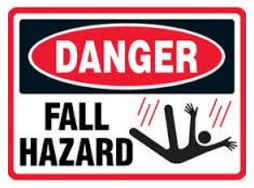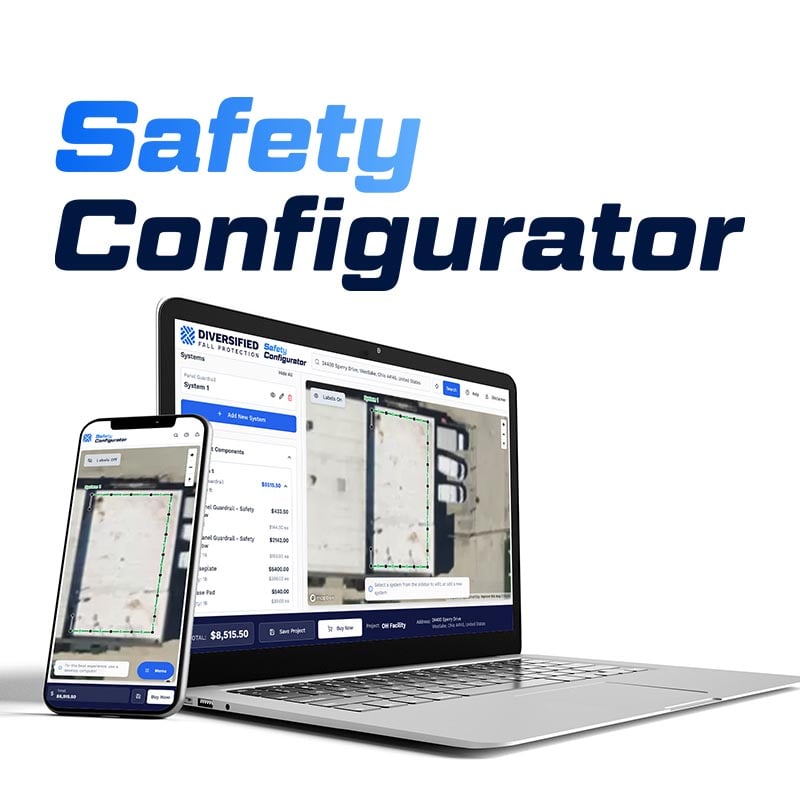Is Your Fall Protection Program Proactive or Reactive?
 Some companies proactively seek out shop hazards and unsafe work practices while other organizations make changes only after disaster strikes. Reactive safety programs draw on lagging indicators (information gathered on the heels of an incident); proactive companies rely on leading indicators to identify unsafe conditions and predict the likelihood of an incident. Few will dispute that a proactive approach yields a safer workplace, but some struggle to determine which leading indicators deserve the most attention when crafting a safety strategy.
Some companies proactively seek out shop hazards and unsafe work practices while other organizations make changes only after disaster strikes. Reactive safety programs draw on lagging indicators (information gathered on the heels of an incident); proactive companies rely on leading indicators to identify unsafe conditions and predict the likelihood of an incident. Few will dispute that a proactive approach yields a safer workplace, but some struggle to determine which leading indicators deserve the most attention when crafting a safety strategy.
When you think about it, this lack of consensus makes sense. There is no single, one-size-fits- all leading indicator to create a risk and incident free workplace. Most safety experts stress leading indicators DO NOT function independently of one another—they work in concert together. This post examines some of the common components of a fall protection program and demonstrates how you can utilize effective leading indicators to create a safer work environment for your employees.
Fall Protection Training
Training your employees on proper PPE use and how to work at heights in a safe manner is the cornerstone of a fall protection program. Leading indicators in the training realm typically include:
• Creating a fall protection training module that is specific to your facility
• Tracking the names and number of employees successfully completing fall protection training
• Observing employees to ensure compliance
Fall Hazard Assessments and Audits
Another way to quantify the effectiveness of your fall protection program is to perform fall hazard assessments or audits. This approach involves having a fall protection specialist visit your workplace to observe working conditions and employees performing their various job duties at height. The important part here is to align leading indicators with goals. For example, if one of your company’s goals is 100% tie-off for workers at heights, an audit or assessment that finds anything less than this desired outcome means something needs to change.
Fall Hazard Reporting
Documenting hazards and near misses is another way to expose flaws in your safety program. Encouraging employees to report fall hazards allows the organization to identify and remediate unsafe work conditions before a fall occurs. Encouraging a strong reporting culture, and tracking progress on resolving safety issues fosters a sense of trust and demonstrates organizational commitment to employee safety.
Communication
Safety meetings and toolbox talks offer additional opportunities to track meaningful leading indicators. Talking to your employees about ladder safety or PPE inspection opens a dialogue about safety. Here best practices would include:
• Logging the number of toolbox talks/year
• Keeping track of how many employees attend
• Measuring the corresponding rise or drop of observed fall hazards, near misses, and actual slips, trips, and falls
Key Attributes of Effective Leading Indicators
Each of the examples above shares key attributes. When formulating your company’s leading indicators, your safety committee should ask if a particular unit of measure is:
• Actionable
• Achievable
• Transparent and easy to understand/communicate
• Time Specific
• Measurable
When Is Now A Good Time To Take Action?
Obviously, the steps outlined above are more labor intensive than tallying the number of consecutive days without lost time incidents, but the benefits of a proactive fall protection program driven by leading indicators are tangible. In the short run, proactively investing sweat equity and financial resources reduces the likelihood of OSHA fines, workman’s compensation claims, and rising insurance premiums. Most studies show a dollar invested in safety yields a return on investment of two to three dollars. A long-term commitment to fall protection safety also means greater employee engagement, productivity, and foster a sense of trust among the workforce that the company stands on the side of its employees and not just its profit margins.
At the end of the day, reactive companies are forced remediate their fall hazards too—they simply forfeit the right to work on a timetable of their choosing, and with much greater oversight from OSHA. The choice is yours. Which path will your company take? To learn more about fall protection, or to request a copy of our comprehensive guide to OSHA’s updated Slips, Trips, and Falls Hazards, contact Diversified Fall Protection for further assistance.
Schedule an assessment with Diversified Fall Protection
Contact Us to request a fall safety review

b-1.jpg?width=1368&height=1340&name=Rail%20(175)b-1.jpg)

